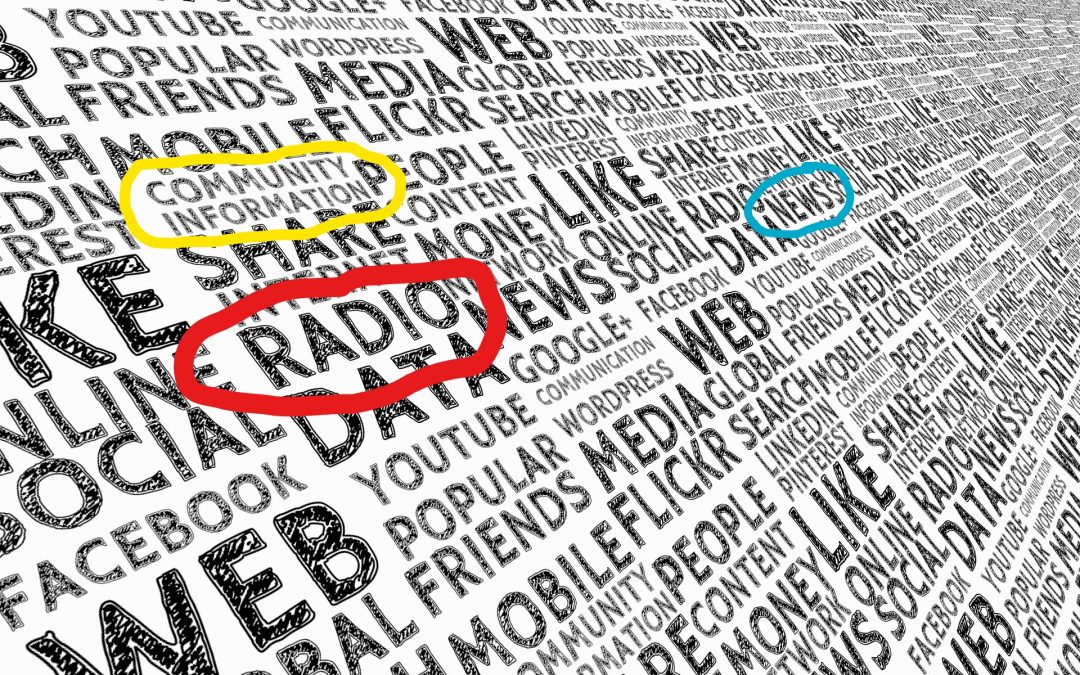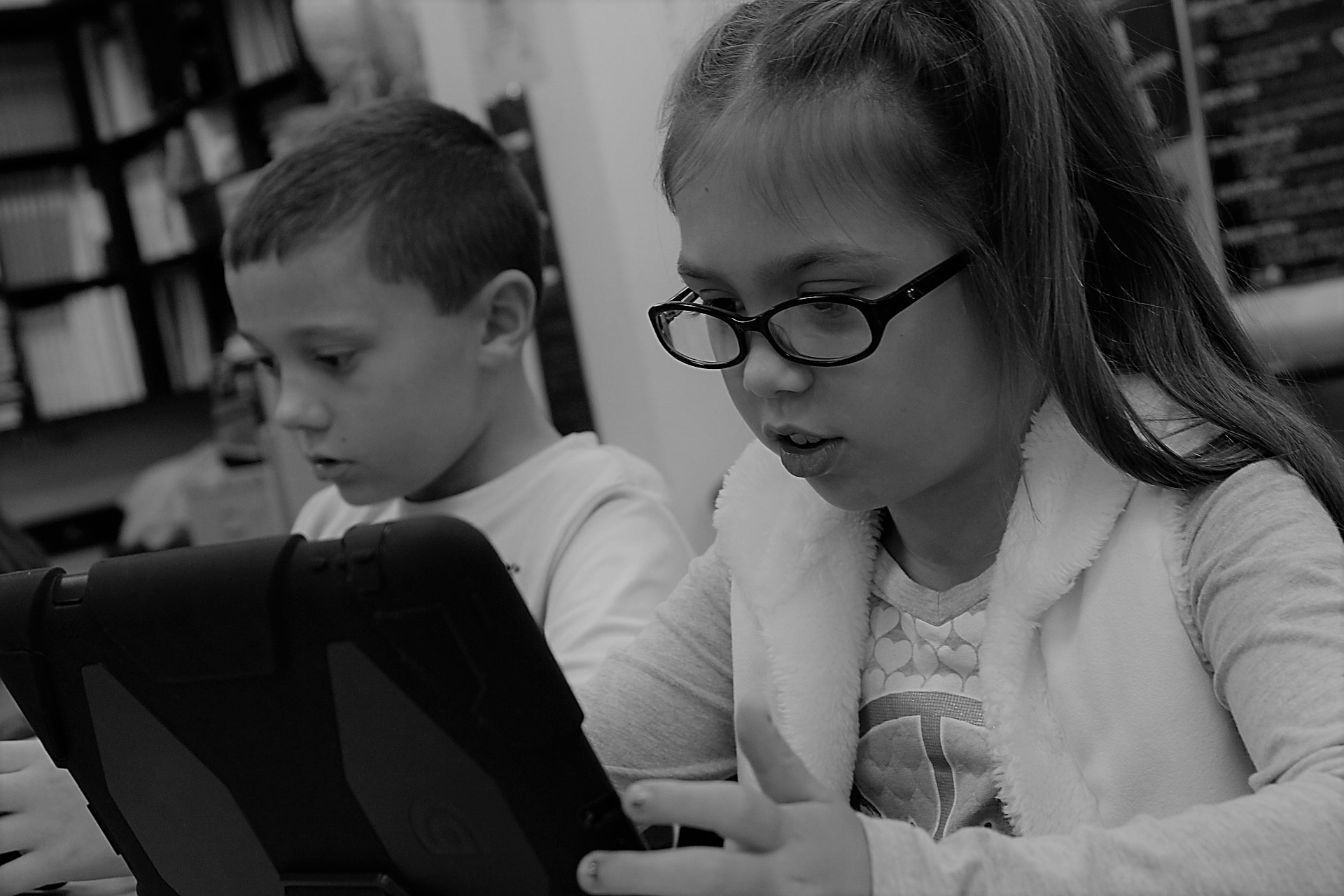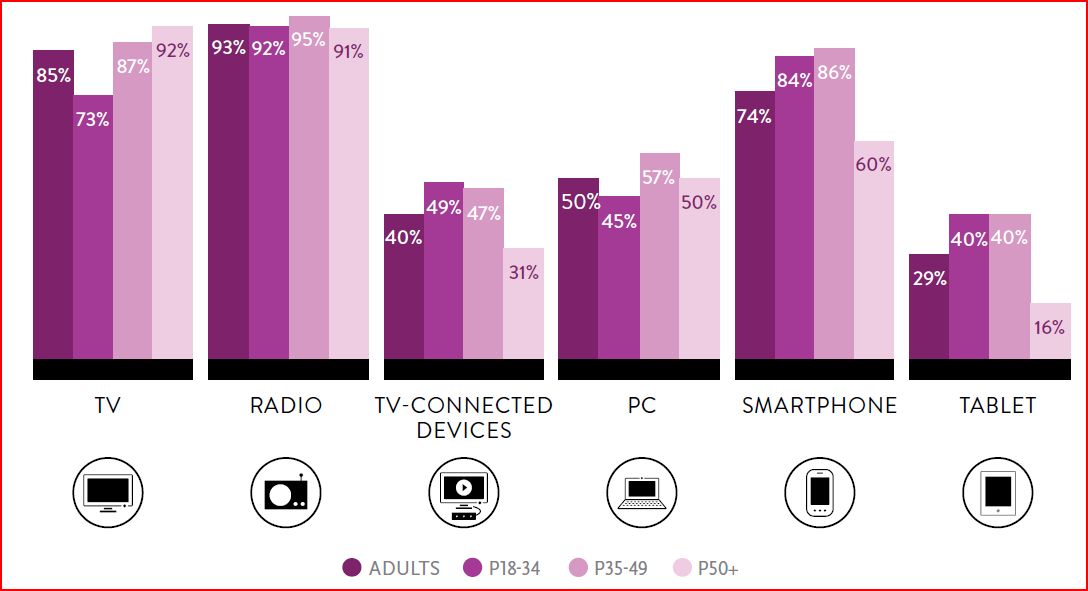
by Scott Howard | Sep 13, 2017 | Marketing and Advertising Insights, ScLoHo's Fort Wayne, ScLoHo's Media, The Not-So-Secret Writings of ScLoHo, WOWO Fort Wayne Radio Advertising with Scott Howard
NewsTalk 1190 WOWO Radio in Fort Wayne, Indiana is going to be 100 years old soon. Despite the most recent doomsday report that AM and FM radio stations would be obsolete before WOWO hits 100, I’m here to present some real reasons that the report is both right and wrong.
Broadcast radio is struggling to remain relevant as consumers embrace streaming platforms, according to a groundbreaking study that examines the disruption to radio caused by digital services.
These trends are crippling radio, which is witnessing historic declines in its audience and its relevance to listeners and advertisers. To survive, radio must innovate, learn from other media, and take control of its path forward into the third decade of this century and beyond.
That’s the intro to a 30 page report that says radio stations like the ones I work for are going the way of the phone book. Here’s a direct link to the entire report if you want to really dig in.
A dozen years ago, I was making the same prediction. Music radio was going to be a thing of the past. At the time I worked with legendary Fort Wayne WXKE Radio Icon Doc West and Doc knew the answer to the problem of music radio stations losing listeners to streaming services and satellite radio stations. Live and Locally Relevant. That was the mantra that Doc used to stay at the top of the heap of radio personalities back then.
WOWO radio used to be a music station when I was a kid and the most listened to radio personality before Doc West was Bob Sievers. His morning program on WOWO had 90% of the available audience tuned in. Farmers for the farm reports, kids like me, waiting to hear the weather, well, actually the school closings and everyone else listened to Bob on WOWO to know what was going on. Bob and WOWO were Live and Locally Relevant.
My reason for predicting the demise of AM & FM radio back then was the digital age as auto manufacturers were adding internet to their vehicles. More options for drivers to listen to their favorite music. I knew it would be an evolving change, simply because it would take time for these internet connected cars to replace the older vehicles.

Your Car, a “radio on wheels”
But then something else has kicked in that I didn’t foresee. The Internet of Things.
The IoT as it is called is the interconnection of stuff via the web that we didn’t need to have connected to the web previously.
The ability for your phone to respond to voice commands was a preview of what we have now with Alexa and the other digital personal assistant devices that are becoming common place.
But back to my headline for this story:
Why WOWO Radio Will Outlast The Naysayers
WOWO radio and our sister stations at Federated Media are embracing the digital age. They were the first in Fort Wayne to jump in and offer the radio programming to listeners on what ever digital platform the listeners wanted. Then they went a step further and began producing content that goes beyond what you can get by listening to the AM & FM radio signals. Podcasts, Videos, and plenty of on-demand content that you and I can read, watch or listen to when we want, where we want.

Listen to what you want, when you want
Our music stations, in Fort Wayne including WMEE, K-105 and 98.9 The Bear have been Live and Locally Relevant for decades! WOWO Radio with our News and Talk format for the past 20 years has a couple of national talk shows in the middle of the day, but every 30 minutes, we have Live and Locally Relevant news updates. Fort Wayne’s Morning News with Charly Butcher starts the weekday and afternoons with the Pat Miller Program, bookend each weekday with Live and Locally Relevant programming.
In case you still need another antidote as to the importance of local media, during tragic events like Hurricane Harvey, it was the local Texas radio stations that were the dominate source of information. Television isn’t portable but radio is.
But what about the radio audience overall? Is it shrinking?
After the report from the naysayer, two more reports came out to counter his claims. You can read them here and here.
But what I care about and so do the businesses I work with who use WOWO Radio to advertise by inviting our listeners to become their customers, is what is the state of radio listenership in Fort Wayne Indiana?
I researched it for this story. I have access to the Eastlan radio surveys from 2013 thru today that measures radio listener habits every 6 months in Fort Wayne.
Between 2013 and 2017, the total number of people age 12 and older who listen to a radio station in Metro Fort Wayne has grown by 25,000.
Boom.
Mic Drop.
396,000 weekly listeners in the spring of 2013.
421,000 weekly listeners in the spring of 2017.
How’s WOWO doing? Every survey that I have access to (including before 2013) show that WOWO radio continues to lead the pack with over 100,000 listeners every week, and 98%+ are grown ups.
In about 8 or 9 years WOWO will be celebrating a century of service. Now is the right time to join the other advertising partners who benefit from being on WOWO. Contact me to find out how.

by Scott Howard | Jul 30, 2017 | Marketing and Advertising Insights, ScLoHo's Collective Wisdom, ScLoHo's Media
Television viewing habits continue to shift. Have your advertising expenditures shifted too? It’s time to examine the trends for your business.
200 Channels and there is nothing on
The TV shift is real in 2017 and will only continue in the years ahead. Television viewing habits have been changing for years and as consumers, we really don’t care how we get our video content.
But for businesses that have relied on television advertising to be the lifeblood of their business, they may find themselves on life support unless they wake up and make some changes.
Saturday night my wife and I were taking care of 3 young ones, grandkids ages 8 months to 4 years old.
The parents are around 30 years old. Neither watch local television. Disney Junior is the channel of choice when the boys are up. When the parents get to watch the TV in the family room, they are selecting something from Netflix.
Saturday night after the boys went to sleep, my wife and I were flipping through the line up and finally settled on HGTV for a little while, not because we wanted to watch it, but because of all the options that were coming up, it was the most viewable. No offensive language in case we were visited by the grandkids coming downstairs for a snack and nothing that required an investment of uninterrupted time like a movie.
Granted my wife and I are Baby Boomers and we grew up with local television and later cable networks, but the past few years the networks decided that Friday and Saturday nights were not worth programming and they usually fill the prime time hours with reruns or fluff.
I’ve got a story I wrote about Baby Boomers, media and marketing coming up in a couple of days that talks about how to effectively reach us and invite us to spend our money with you and it has some information from Mediapost that should be eye-opening.
Right now, I have another Mediapost article in front of me that has some disturbing news for the television industry and if you are spending money advertising on TV, read on…
It’s titled: Good News, Bad News For TV, Video And Advertisers
The author went beyond the short term, headline grabbing information and dug through 3 years of data and here’s what he wrote:
Good News for Traditional TV – Adults spend more than five times as much time watching traditional TV than watching video on all other screens combined. Those under 25 spend about twice as much time with traditional TV than with other screens.
Bad News For Traditional TV – Two years ago, adults spent 10 times as much time, while those under 25 spent four times as much time with traditional TV. The gap between traditional TV and video on all other screens has been cut in half over the past two years — and continues to narrowing dramatically. This is also the first time I can recall when traditional TV viewing was lower in the first quarter than the fourth quarter of the same season.
In summary:
- the big screen is still watched more more than our small screens (phones, tablets and laptops).
- the drop in viewership of traditional TV, both cable and local has accelerated faster than nearly any other advertising medium in history in just the past two years. I can not think of any other advertising medium that has had a 90% decrease that survived.
- the future is not very bright for traditional TV. While the quotes above mention the under 25 year olds, I also know that the 25 to 40 year olds are following that same pattern of ignoring the TV networks, especially the local channels as I’ve witnessed in my own family.
Here’s more from the Mediapost story:
-
Good News For Netflix, Hulu, Amazon Prime
-
Good News For Mobile Video
-
Bad News For TV Advertisers – DVR and time-shifted viewing remains solid, particularly among traditional TV’s main audience —viewers 35+. But live viewing, which is the only way advertisers can know who is exposed to their commercials, is declining sharply, particularly among younger viewers.
Now where I live, in a conservative city in the midwest, Fort Wayne, Indiana, change is a little slower than on the east or west coasts of our country. That may be why business are continuing to use the local television stations, even when they have challenges with justifying their return on investment.
I met with a local business owner recently that told me he spent over $50,000 for two years advertising on of our more popular local TV stations and could only track one job, worth a few hundred bucks from that expenditure.
You probably noticed changes in your viewing habits over the recent past. I noticed a few years ago when the Emmy awards were featuring more and more programs that were not on ABC, CBS, FOX or NBC and that evolved to shows that were not even on cable. Netflix, Hulu and Amazon received 125 nominations for the next awards. ABC, CBS & NBC together only have 115.
UPDATE: After I wrote and published this article, a couple more articles arrived in my email.
The young adults time spent watching TV is dropping fast.
 You will find more statistics at Statista
You will find more statistics at Statista
So what are they watching? Take a look.
 You will find more statistics at Statista
You will find more statistics at Statista
The viewership habits have been changing for some time. Pretty soon the businesses that advertise on traditional TV will also change. Because the TV Shift is Real.
by Scott Howard | Dec 20, 2016 | Marketing and Advertising Insights, ScLoHo's Collective Wisdom, The Not-So-Secret Writings of ScLoHo
Recently I shared the story of the death of the newspaper industry. It was a combination of a personal story and an article about the financial health and business model of the newspapers that has attempted to stay alive by adapted to our technology driven world. Click here to read it if you care. 
Today, I have more on the Evolution of Traditional Media, and this time it’s about TV. An article published by Mediapost says the Future of TV is Now. (Actually since the article came out 4 weeks ago, I should say the Future of TV was 4 weeks ago.)
I’ve talked about the splintering of audiences numerous times over the years and yet some in the broadcasting world are attempting to hang on to the old models. In Fort Wayne, Indiana we saw an out with the old and in with the new kids shift occur on a couple of the TV stations that shuffled their news departments so much during 2016 that no one knows who’s where, but more importantly does anyone care?
I am officially older than dirt, I guess but now I’m old enough that my gray hair is age appropriate, unlike 30 years ago. But back to the subject of television and our viewing habits. Here’s a few quotes:
The evolution of TV and video habits has meant that traditional user groups, such as the TV Couch Traditionalists, have shrunk by more than 30% since 2010, in favor of user groups such as the Mobility Centric and Screen Shifters.
Who are these groups? TV Couch Traditionalists would have been me as a kid in the 70’s. You watch what’s on when it comes on. You watch in the living room or family room. ABC, CBS, NBC and PBS were the ONLY networks. That expanded over the years with Cable TV, but that cable kept you sitting on the couch.
Mobility Centric and Screen Shifters sprung up when the technology was developed to watch what I want from nearly any source when ever I want.
But beyond these labels, here’s a few more tidbits:
Since 2012, the average consumer has increased their viewing on mobile devices by 4 hours a week, while their fixed screen viewing has declined by 2.5 hours a week. This means that today they spend an extra 1.5 hours watching TV and video than they did 4 years ago.
So traditional tv viewership has dropped by 2.5 hours a week. That’s tough news for broadcast television stations. And if you are advertising on traditional TV, the available audience to see your message continues to shrink. Sure we watch more video but not on the old boob tube as my Dad referred to the tv.
The viewing traditions of TV and media consumers are clearly changing, with the media industry introducing new types of content and formats. Just as the preferences for how to watch TV and video content are changing, so is when and through which screen the content is viewed.
The article points out generational differences comparing those 35 and under to the rest of us and while there are always exceptions, my advice is if you want to reach the millennial generation with your advertising messages, you probably ought to skip traditional TV and look at other online digital and video platforms. Notable exceptions might be certain live sports events, but I can watch those on my laptop, so never mind.
Want help on figuring out the advertising, marketing and media landscape and options that would work best for you? Contact me.
by Scott Howard | Nov 7, 2016 | Marketing and Advertising Insights, The Not-So-Secret Writings of ScLoHo, WOWO Fort Wayne Radio Advertising with Scott Howard
Over the next 5 weeks, I am sharing the 5 most shared articles I’ve published in the past 12 months like this one from March 2016:
It comes as no surprise to me, but maybe some of my friends in the advertising industry will have their eyes opened by this chart:

A report came out last month that was conducted to determine how we as consumers of media, get the media we consume.
Radio now beats television according to this data. WOWO radio in Fort Wayne along with our sister stations are the dominate media in town and if you would like data on those specifics, contact me.
by Scott Howard | Jul 13, 2016 | Marketing and Advertising Insights, ScLoHo's Media, The Not-So-Secret Writings of ScLoHo
I’m just going to toss out a few items and you can fact check them if you want because I’m not going to hyperlink the sources, there’s too many and I’m sort of busy these days.
I want you to answer a question… that question is what are you doing differently?
If you are using the same media mix to advertise that you were using in 2013, you need to re-evaluate. Some of the media platforms you’ve been using have lost viewers/readers/listeners. Other media platforms that were just getting started back then have become worthy of consideration.
Think about that pocket computer known as your phone. Every 18 months the technology capabilities of our computers doubles. The phone you got for Christmas, 2014 is old, broken, out of date, or you’ve already replaced it.
As I was writing this piece last week, I was using 3 screens. My laptop, my phone and I was watching America’s Got Talent on the flat screen in our family room.
A few days ago I was watching a TV show on Amazon Prime, streamed from my laptop to another TV via my Chromecast.
Every day I hop in my car and listen to at least 4 different radio stations. Besides listening as I drive, I sometimes hear a radio station when I stop to pick up my breakfast and I also sometime listen to the streaming of my favorite stations by plugging earbuds into my laptop as I have my afternoon coffee.
I don’t remember the last time I bought the local newspaper, or any newspaper for that matter. I have read stories from the papers, but it’s because I get a link on Twitter or Facebook that captures my attention and I click and read.
Those are some of the media habits I live every week in the summer of 2016. Some I’ve been doing for years, others for just months.
What about you? What is different about your media habits compared to a few years ago?
Your customers have changed some of their media habits over the years too. My question for you is have you changed your media mix to take advantage of the changes that are going on all around us?
What are you doing differently? If you want help figuring this out so your business can make money, contact me so we can talk.









